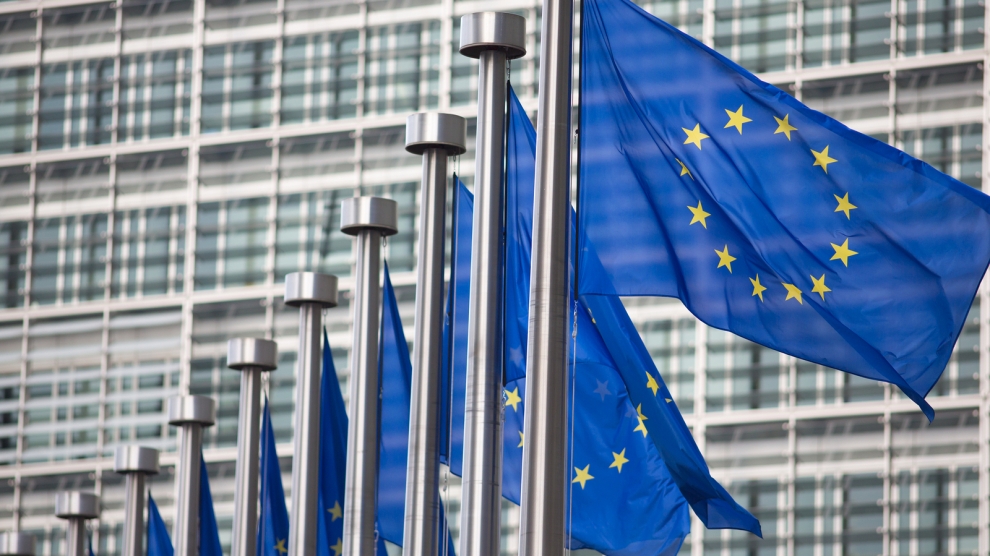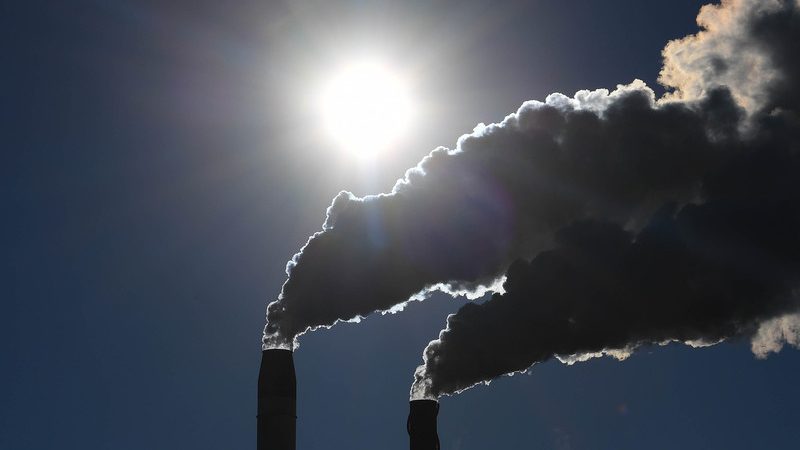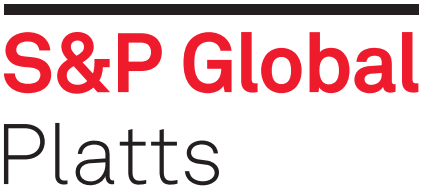
EU Safeguard Measure is to be reviewed for a possible extension
The European Commission officially announced today that the EU Safeguard Measure is to be reviewed for a possible extension. This is backed by 14 member states who had already requested a review from the EC in January 2024.
The European Commission officially announced today, Friday, February 9, 2024, that the EU Safeguard Measure on certain steel products, which was due to expire in mid-2024, is to be reviewed for a possible extension at the insistence of 14 EU member states.
In addition, the measure is most likely to be extended to the longest possible and WTO-compliant period of 8 years.
US Section 232 tariffs have come to stay
Since the US Section 232 tariffs of the Trump Administration from 2018 are still in force and it is not to be expected that they could be repealed in the foreseeable future, the EC has now also recognized: “…that there are no elements suggesting that the US will be removing the Section 232 measures on steel”.
The introduction of the US punitive tariffs triggered a backlash from the European Union and led to the existing EU Safeguard Measures against steel imports to Europe in 2019.
German steel regions had called for EU Safeguard extension
Last Wednesday, we reported on the German steel regions’ call for the German government in Berlin to support a continuation of the Safeguard measure and that it is therefore only a matter of time before the EC takes action.
Source: steelnews.biz

Carbon border adjustment debate divides EC, steelmakers
European Union steelmakers may be at loggerheads with the European Commission on how a Carbon Border Adjustment Mechanism can be introduced in Europe, according to views expressed during a European Steelmakers’ Association March 17 webinar that focused on EU climate policy.
Introduction of a CBAM on top of the EU’s current Emissions Trading System would be an “overcompensation” in terms of ensuring a fair market for clean steel and risks not being compatible with World Trade Organization policies, Mette Koefoed Quinn, the European Commission’s head of unit, ETS Implementation and IT, DG Climate Action, told industry representatives on the Eurofer webinar. The ETS currently offers some free allocations to steelmakers to avoid carbon leakage.
Eurofer’s members are meanwhile pressing for the ETS to continue for a transition period of eight years after the CBAM is introduced, during which time free ETS allocations would continue to be made to EU steelmakers, the association’s director general Alex Eggert said.
This transition period should run until a sustainable market for “green” steel is fully formed in 2030, according to the association.
“We’ve had intense discussions with trade lawyers who all confirm that carbon border measures are absolutely compatible with WTO….. and even a combination of the two (CBAM and the ETS) to cover the delta between free allocations and carbon costs at the border is compatible,” Eggert said. Europe’s steel industry has already suffered a competitive disadvantage – estimated to have cost the sector some Eur3 billion in 2018 at current prices – due to the ETS system, where the shortage of free ETS allocation to the sector is currently put at around 20%, he said.
The EU is extremely exposed to international competition, with a high cost susceptibility because the EU imports around 30 million mt of steel a year and exports some 20 million mt/year, according to Eurofer data.
CBAM may be implemented in 2023
The European Parliament March 10 approved the principle of setting up a CBAM and the EC is expected to move ahead with a legislative proposal for its introduction in June, for possible implementation in 2023. Andrei Marcu, founder and executive director, European Roundtable and Climate Change and Sustainable Transition, said that so far the only place that a CBAM has been applied is in California. However, US President Biden is understood to be considering one at national level.
WTO Deputy Director-General Alan Wolff said last month that cooperation between nations will be essential to avoid disputes around carbon border taxes. On March 5 the WTO launched a Trade and Environmental Sustainability joint initiative group with 53 member countries, which is expected to be a forum for the discussion of carbon border taxes.
Under the European Green Deal, the EU steel industry needs to reduce its carbon emissions by 55% from 1990 levels by 2030, and achieve net-zero carbon production by 2050. According to Eurofer’s climate and energy director, Adolfo Aiello, this may involve investments of Eur144 billion including in breakthrough technologies which could increase steel production costs and prices by between 35% and 100% above current levels, as a well as supplies of up to 400 TWh of climate-neutral electricity, seven times more than what the sector purchases from the grid today .
The investments required are expected to come from steel sector companies themselves, public sector bodies such as the EU Innovation Fund, and ETS revenues, around 80% of which are currently being used for “green” actions, according to the EC.
“We support climate ambition but it needs to be achieved in the most cost-efficient way: higher climate ambition means and needs better carbon leakage protection, and more support for low carbon technologies,” Aiello said. Carbon is currently priced in the EU at around Eur40/mt, having risen dramatically over the past three years after hovering around Eur7/mt for several years. This decade carbon prices might even rise to “three-digit” levels, he said.
“Fair burden-sharing is needed between ETS and non-ETS sectors,” he said, adding the commission needs to redirect more of the ETS revenues to industry.
EC considering six options
The EC is looking at six different options to decarbonize, but does not consider that a CBAM could be complementary to the ETS system, Quinn said. It would be an alternative, she said.
Phase 3 of the EC’s ETS allocation system has just finished, without carbon leakage having been seen, she said. In Phase 4 of the ETS, designed to cover the January 2021 to 2030 period, free allocations to companies are now being calculated.
The overall structure of the ETS is being reviewed: there will be sufficient free allocation, to the benefit of steelmakers, Quinn said. “The current system foresees the sufficient allocation of free allowances until 2029-30: giving adequate carbon leakage protection. However, we’re now looking at whether to introduce CBAM… the commission says it’s either CBAM or free allocation, you can’t have both because that’s a risk of double compensation…. but a transition period might be needed and that’s one of the alternatives we’re looking at,” she told the webinar.
While ETS free allocations are currently giving adequate carbon leakage protection, they are reducing the incentive to go for quick decarbonization: “The pricing is not coming through as it should into the products and this is a problem,” Quinn said. CBAM could provide a useful incentive to the steel industry to decarbonize within Europe and externally, she said.
— Diana Kinch


WTO issues call for papers for 2016 WTO Essay Award for Young Economists
The WTO launched on 8 February an invitation to young economists to submit papers for the 2016 WTO Essay Award. The Award aims to promote high-quality research on trade policy and international trade co-operation among young economists and to reinforce the relationship between the WTO and the academic community.
Prize
The annual WTO Essay Award consists of a prize of CHF 5,000 to the author(s) of the winning essay. In the case of a co-authored paper, the prize will be equally divided among the authors. The winning paper will be officially announced at the annual meeting of the European Trade Study Group (ETSG), which is the largest conference specializing in international trade. The award ceremony will take place in September 2016 in Helsinki, Finland. The winning author(s) will receive funding to attend the meeting.
Selection
An Academic Selection Panel is responsible for the selection of the winning paper. The Panel comprises:
- Professor Avinash Dixit (Princeton University)
- Professor Robert Steiger (Dartmouth College)
- Professor Alberto Trejos (INCAE Business School).
Dr Robert Koopman (Director, Economic Research and Statistics Division, WTO Secretariat) is ex officio member of the Panel. Dr Roberta Piermartini (Counsellor, Economic Research and Statistics Division, WTO) coordinates the work of the Selection Panel.
Eligibility
The paper must address issues related to trade policy and international trade co-operation. The author(s) of the paper must possess or be engaged in the completion of a PhD degree and, if over 30 years of age, be no more than two years past a PhD defence. In the case of co-authored papers, this requirement shall apply to all authors. In addition, to be considered for the Award, essays cannot exceed 15,000 words.
Past winners
- 2015: Christoph Boehm (University of Michigan), Aaron Flaaen (Federal Reserve Board of Governors in Washington D.C.) and Nitya Pandalai-Nayar (University of Michigan)
- 2014: Jonathan Dingel (Columbia University) and Claudia Steinwender (LSE)
- 2013: Felix Tintelnot (Princeton University).
- 2012: Treb Allen (Yale University)
- 2011: Rafael Dix-Carneiro (University of Maryland) and Kyle Handley (Stanford University)
- 2010: Dave Donaldson (MIT) and Olena Ivus (Queen’s University)
- 2009: Ralph Ossa (University of Chicago). The runner-up was Mostafa Beshkar (University of New Hampshire).
Important deadlines
Essays must be submitted by 1 June 2016. The Economic Research and Statistics Division of the WTO Secretariat will shortlist eligible papers by 15 June 2016 and the Selection Panel will take a final decision by 15 July 2016. Only the author(s) of short-listed essays will be notified.
Publication
The winning essay will be published in the WTO Working Paper Series and it is the responsibility of the author(s) to endeavour to secure publication of the contribution in a journal.
Submissions
All submissions should be sent to essay.award@wto.org. Submissions should include as separate attachments in PDF format:
1. the essay
2. the CV of the author(s), specifying (i) current affiliation(s), (ii) the academic institution awarding the PhD, (iii) the year (or the expected year) of the PhD, (iv) the date of birth of the author(s).


